Eschewing the traditional display of new production cars, Toyota flexed its muscles in a different manner at the recent biennial Tokyo Motor Show (TMS) — affording a glimpse of a not-too-distant future through a “mobility theme park.” This scenario, to be honest, appeared like a Hollywood sci-fi flick full of wondrous autonomous (and accessible) machines in sleek forms. But unlike big-screen fare, Toyota’s future is all ready to get real.
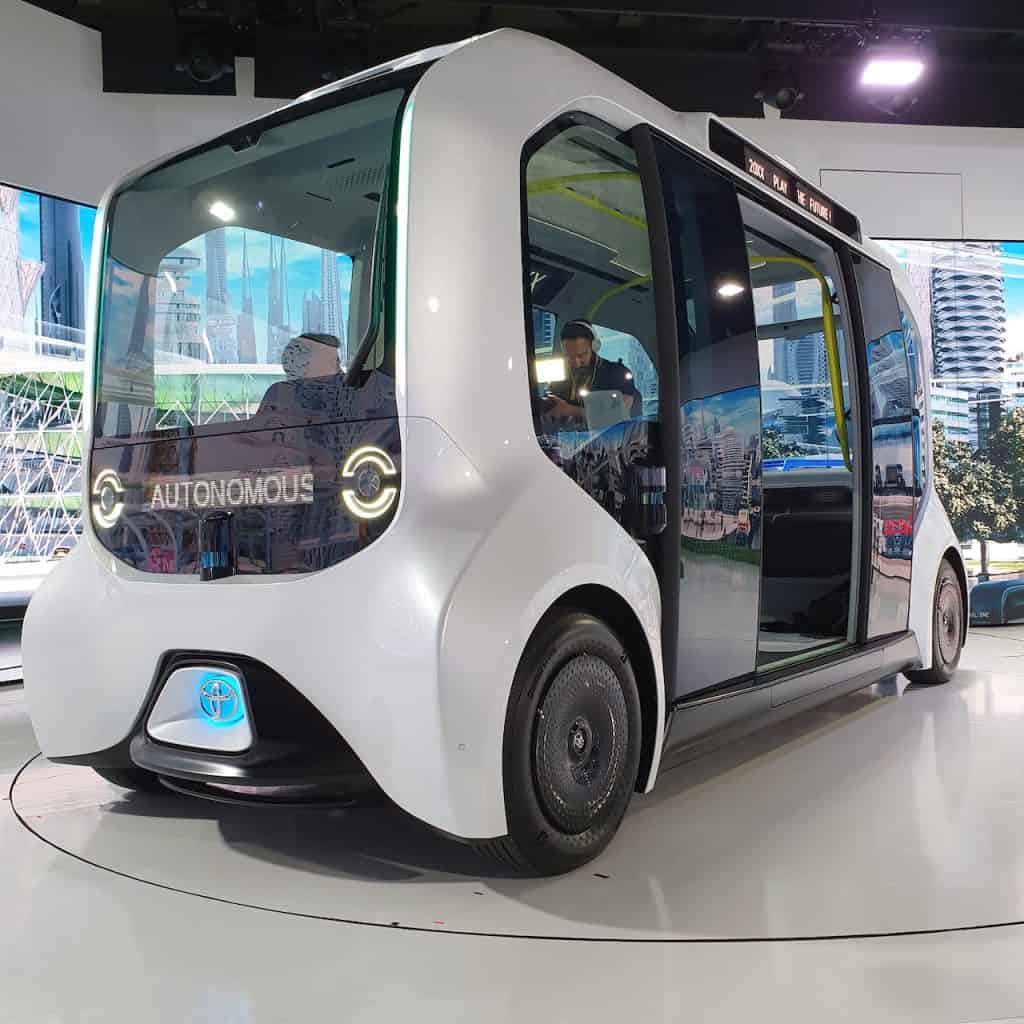
This playground of the future is more than just about convenience, says the global brand. “We seek human-centric connections to make cities, and the future, more fun… Through mobility, Toyota will connect humans with the things they like.”
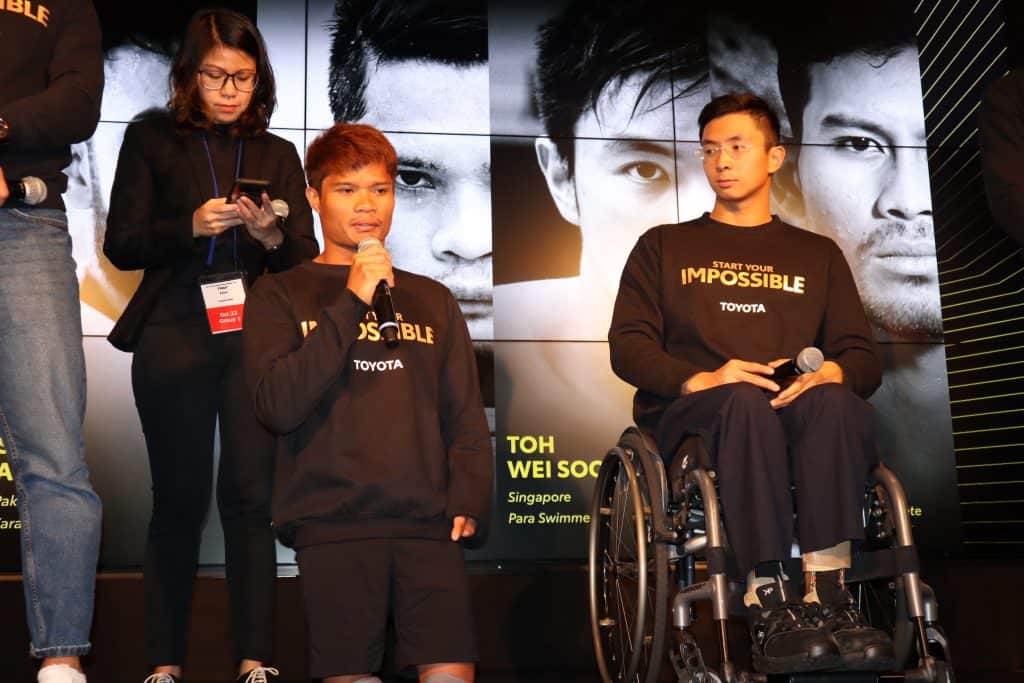
| Photo by Kap Maceda Aguila
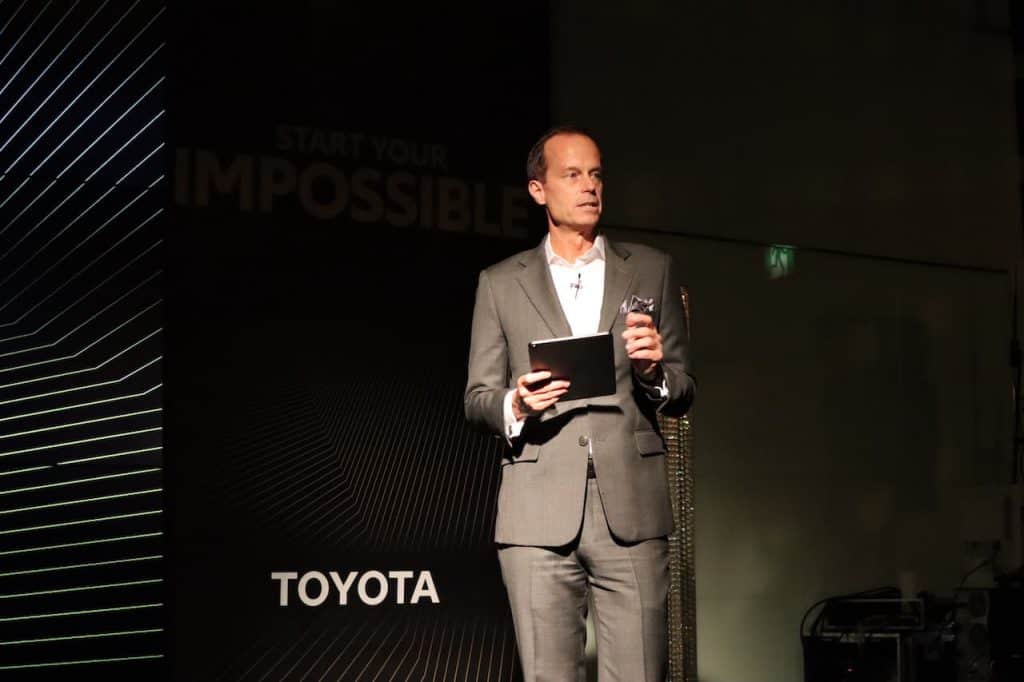
Indeed, the whole of the 46th TMS, organized by the Japan Automobile Manufacturers Association, Inc. (JAMA) chaired by Toyota Motor Corporation president Akio Toyoda, is themed “Open Future” and paints a picture of a viable, workable future for mobility – envisioned by some 187 participating companies and organizations from eight countries.
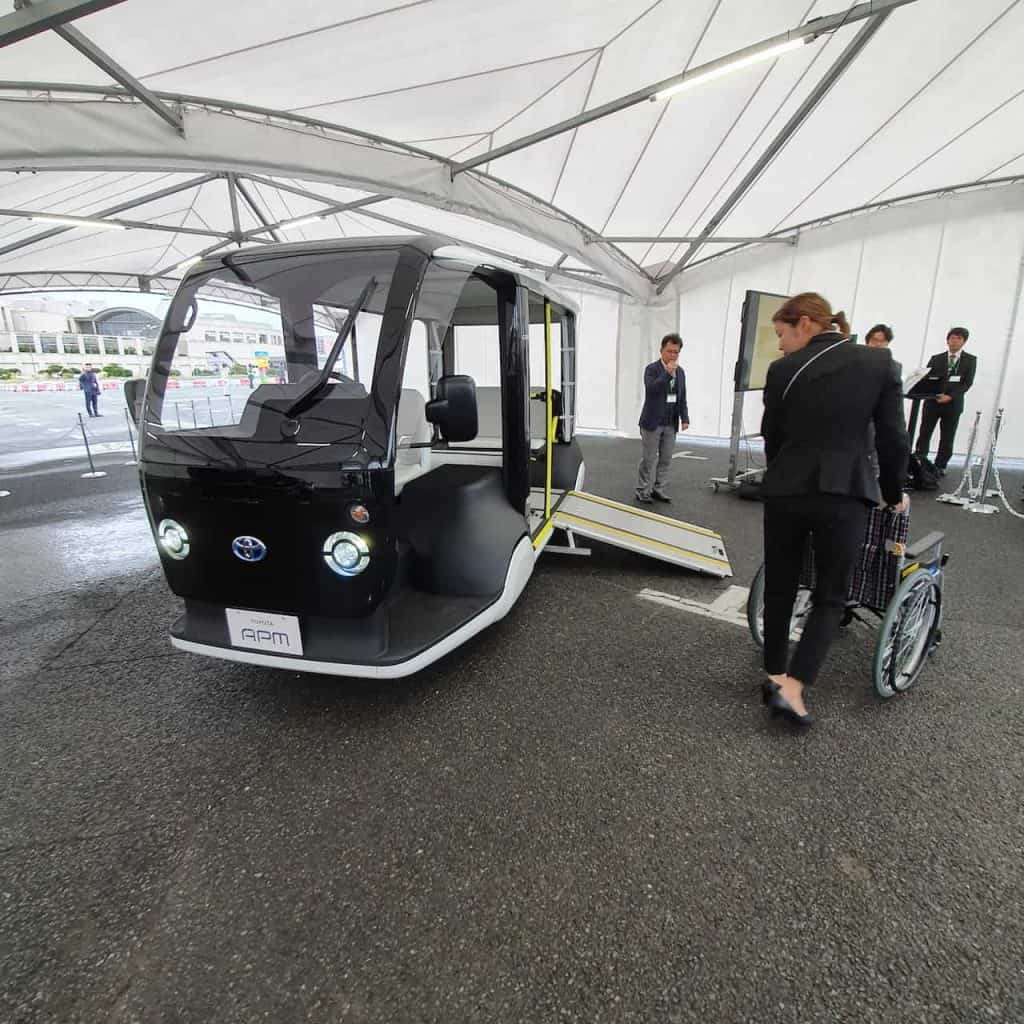
| Photo by Kap Maceda Aguila
Toyota alone flew in some 300 members of the media from 31 countries to witness just how it is gearing up for the near future – particularly in preparation for next year’s Olympic and Paralympic Games to be hosted by Tokyo. These are busy days not just for the bustling city and its population – scrambling to complete or spruce up the venues to be used – but for Toyota itself, a worldwide partner for both games.
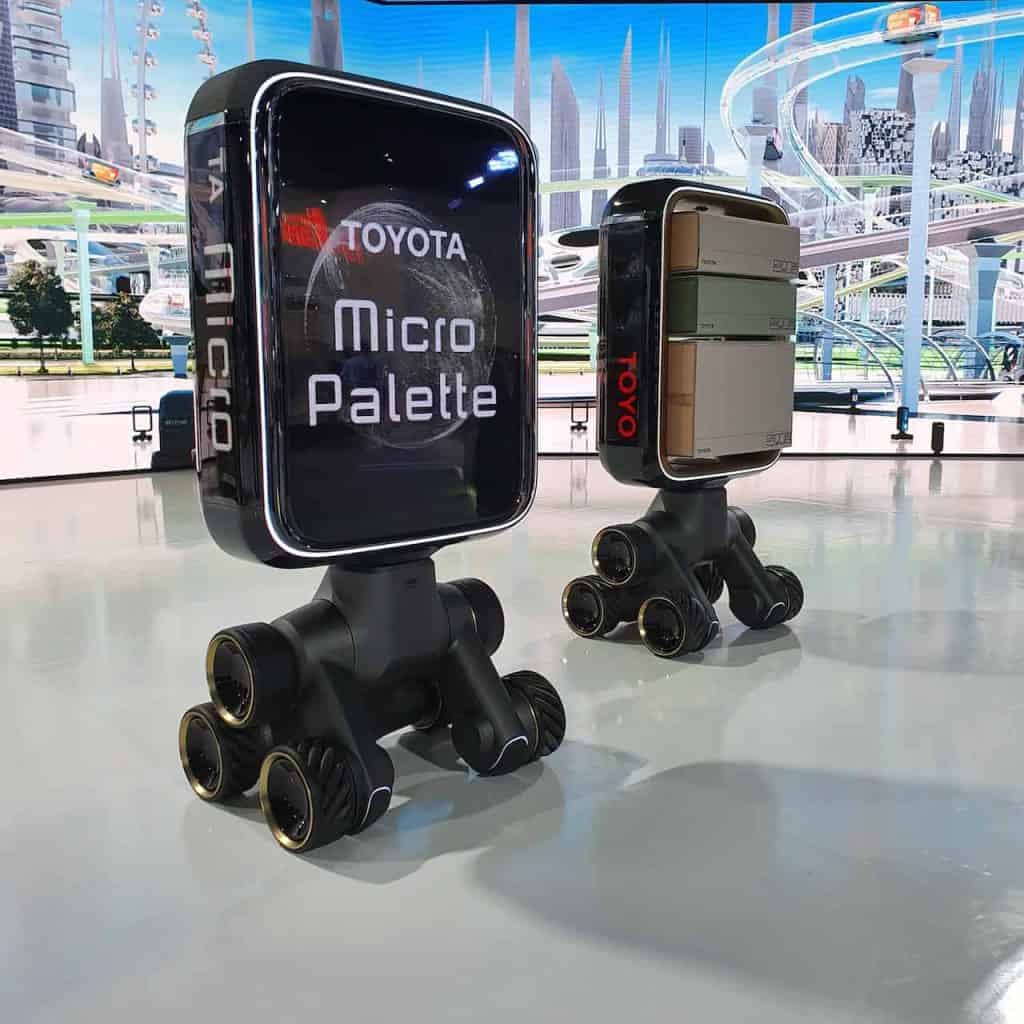
| Photo by Kap Maceda Aguila
This partnership is substantial in terms of direct, relevant involvement. Championing “mobility for all,” the company “will be supporting Tokyo 2020 with a variety of mobility (options), including autonomous driving and other vehicle-related technology as well as robots that will provide mobility service and assistance to visitors at the Games,” said TMC department general manager Tatsuo Okazaki in a statement.
Aside from rolling out mobility solutions particularly for persons with disability (PWD) and the elderly, Toyota is keen on driving home the message that it introduced at the last TMS in 2017 — that it is “transforming from an automobile company, one that manufactures and sells cars, to a mobility company that focuses on providing products and services that move people,” continued Okazaki. The company is obviously passionate about providing freedom of movement for all.
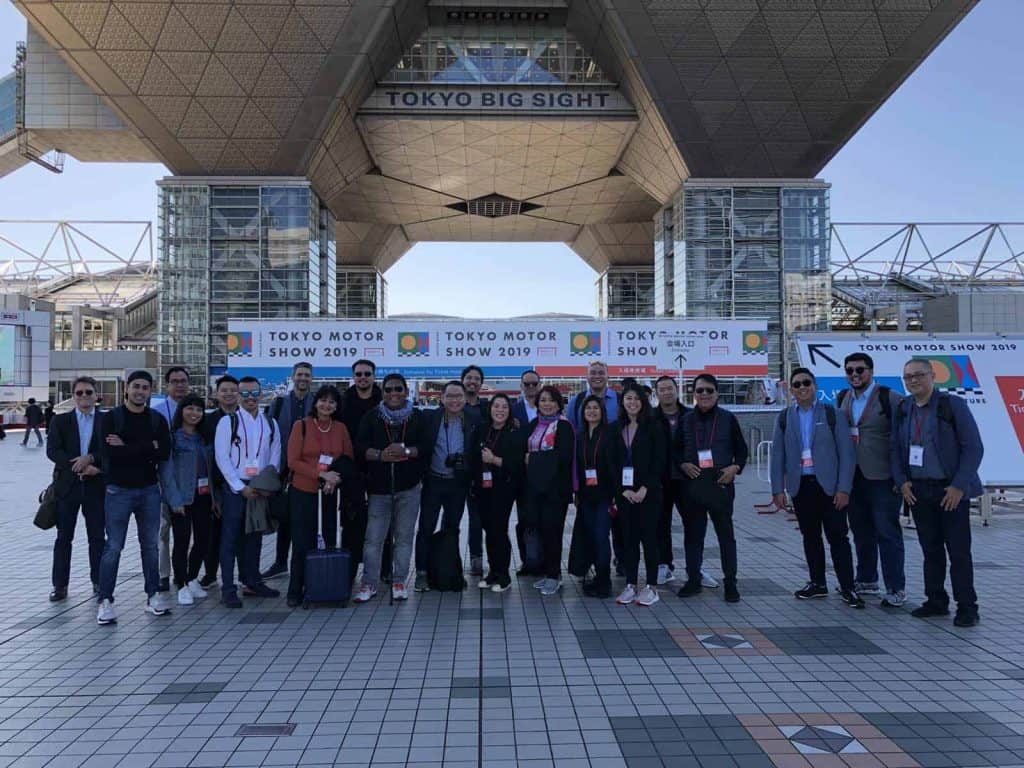
“At Toyota, we embrace the potential of new technology to help us create products and services that enable people to overcome barriers and to reach their potential. The Olympic and Paralympic Games align with Toyota’s values and are platforms to showcase our global commitment to the concept of mobility for all,” averred TMC marketing division general manager Susumu Matsuda.
And it appears the march towards autonomy and mobility for more is headed in the same logical direction. The company will deploy 20 so-called e-Palettes at the Olympics to help transport athletes. Toyota’s e-Palette is a fully autonomous, battery-electric vehicle which can be used for purposes like ride sharing, logistics, and mobile shops.
Wheelchair-riding spectators will be guided to accessible seating by Human Support Robots (HSRs), and will be assisted by Delivery Support Robots (DSRs). The latter can directly deliver drinks and other goods ordered from a dedicated tablet. Five-hundred seats at the Olympics and another 500 at the Paralympics are reserved for members of the audience needing mobility assistance.
Also making a debut at the 2020 Games is the Accessible People Mover (APM) – 200 units of which will be made available to transport “as many people (including athletes and staff) as possible to events and venues.” More significantly, the APM accommodates passengers with “accessibility needs such as the elderly, people with impairments, pregnant women, and families with small children, among others.” This “last-mile” transporter is a low-speed, short-distance battery electric vehicle (BEV) with three-row seating accommodating up to six people (five passengers and the driver). The seats can be folded to allow a wheelchair rider in the second row. On-board wheelchair anchor plates and ramps can be quickly deployed for access.
Toyoda underscored in his speech at the opening of the firm’s display: “Our booth this time does not feature a single car to be launched next year. All that is found here are forms of mobility that link to society and communities and that provide modes of getting around and services to people.”
With the words “Start Your Impossible,” the company has also trumpeted its commitment to support the creation of a more inclusive and sustainable society in which everyone can challenge limits. The fully integrated campaign also highlights Toyota’s mission “to create a barrier-free society, and reinforces the company’s values of humility, hard work, overcoming challenges, and never giving up.”
To further this goal, the firm is supporting a number of para athletes – 16 from our region alone, including our own Paralympic swimmer Ernie Gawilan – in their quest for glory. In addition, Toyota is aiding these so-called “dual heroes” champion other worthy causes as well. In Gawilan’s case, it’s about saving the environment through coastal cleanups. He had recalled to this writer how he learned to swim at age 11 or 12 in the waters off Samal Island despite underdeveloped extremities. He competed at the 2016 Paralympics, and Gawilan earned honor for the country as a gold medalist in the Asian Para Games. The man truly embodies overcoming what is thought impossible.
The effusive TMC head perhaps best elucidated the underlying tenet the company’s campaign is in his speech. Said Toyoda, “I believe that the more automation advances, the more the ability of people… will be put to the test. For example, people’s warmth and kindness… and also the hearts that feel such. What we want to express through our booth is the concept of people connected. (It) refers to a society in which people are linked – a society in which the warmth and kindness of people can be felt.”

